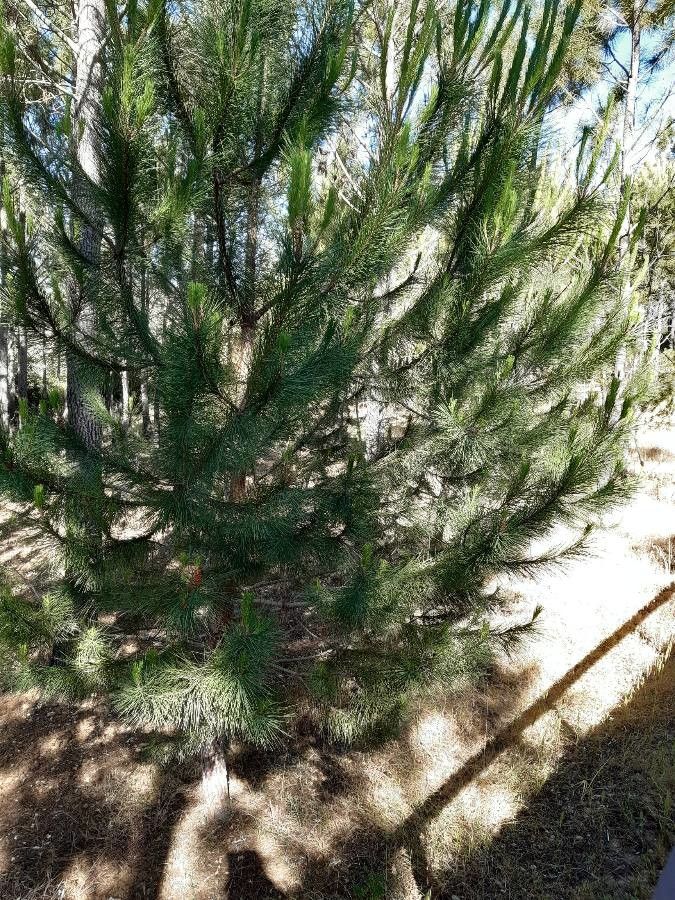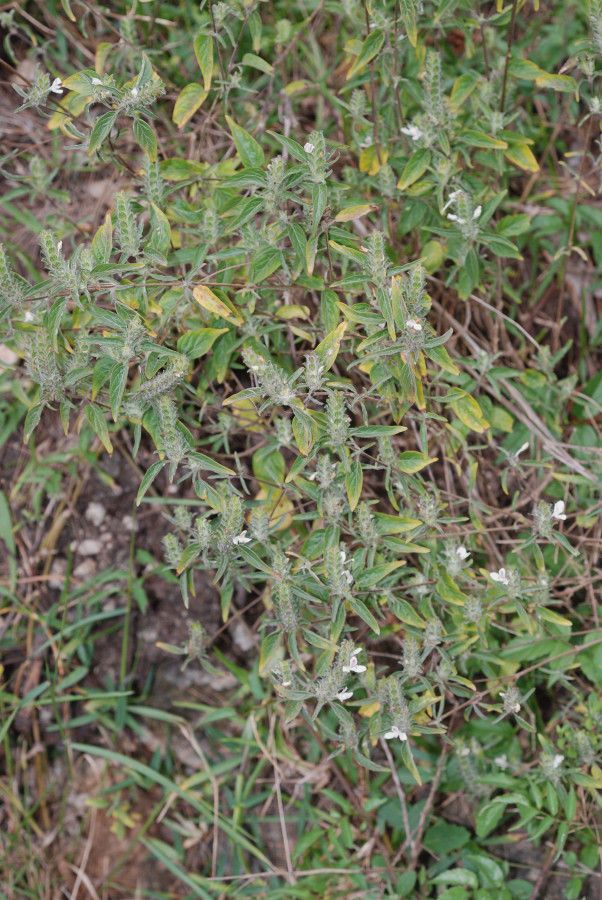## Weymouth Pine: A Majestic Conifer
The Weymouth pine, also known as the Eastern White Pine (*Pinus strobus*), is a magnificent evergreen conifer prized for its elegant form, soft needles, and significant ecological role. Native to eastern North America, this majestic tree can grace both large landscapes and smaller gardens with its striking presence. This comprehensive guide will explore its characteristics, cultivation, and care.
### Identification
Identifying a Weymouth pine is relatively straightforward. Look for these key features:
* **Needles:** Five soft, slender needles in bundles, a characteristic unique to this species within the *Pinus* genus. These needles are typically 2-5 inches long and a bluish-green color.
* **Cones:** Long, slender, cylindrical cones (3-8 inches) that hang downward. They are light brown and mature in the fall.
* **Bark:** Smooth, gray bark on younger trees, developing into thick, deeply furrowed, gray-brown bark on mature specimens.
* **Form:** Typically pyramidal in shape when young, developing a more open, irregular crown with age.
### Habitat and Growth
Weymouth pines are adaptable, but thrive in well-drained, acidic soils. They prefer full sun to partial shade, tolerating a wide range of conditions once established. They are relatively fast-growing, reaching heights of 50-80 feet, even exceeding 100 feet in ideal environments. While they can tolerate some drought, consistent moisture, particularly during establishment, is beneficial for robust growth.
### Planting and Care
Planting a Weymouth pine is relatively easy:
1. **Choose your location:** Select a spot with ample sunlight and well-drained soil. Amend heavy clay soils with organic matter to improve drainage.
2. **Planting:** Dig a hole twice as wide as the root ball and plant at the same depth it was growing in the container. Backfill with soil, gently firming it around the roots.
3. **Watering:** Water deeply and regularly, especially during the first year after planting. Once established, they are more drought-tolerant.
4. **Fertilization:** Young trees may benefit from a slow-release fertilizer in spring. Mature trees generally require little or no fertilization.
5. **Pruning:** Minimal pruning is usually necessary. Remove any dead, damaged, or crossing branches as needed.
### Pests and Diseases
Weymouth pines are susceptible to certain pests and diseases, including white pine weevil and blister rust. Regular monitoring and timely intervention are crucial to prevent significant damage. Consult local arborists or extension services for guidance on pest and disease management.
### Uses and Significance
Weymouth pines have been valued for centuries for their timber, which is known for its strength and durability. They are also widely used in landscaping, providing a striking focal point in gardens and parks. Ecologically, they play a crucial role, providing habitat for various wildlife species.
### Conclusion
The majestic Weymouth pine is a valuable addition to any landscape. With proper care and attention, this elegant conifer will provide beauty and shade for generations to come. Remember to consider its mature size and ensure you select a suitable location for its long-term health and growth.
Weymouth Pine: Planting, Care & Identification Guide

Frequently Asked Questions
How tall does a Weymouth pine grow?
Weymouth pines typically reach heights of 50-80 feet, but in ideal conditions, they can exceed 100 feet.
What are the best conditions to grow a Weymouth pine?
Weymouth pines thrive in well-drained, acidic soils with full sun to partial shade. Consistent moisture, especially during establishment, is beneficial.


